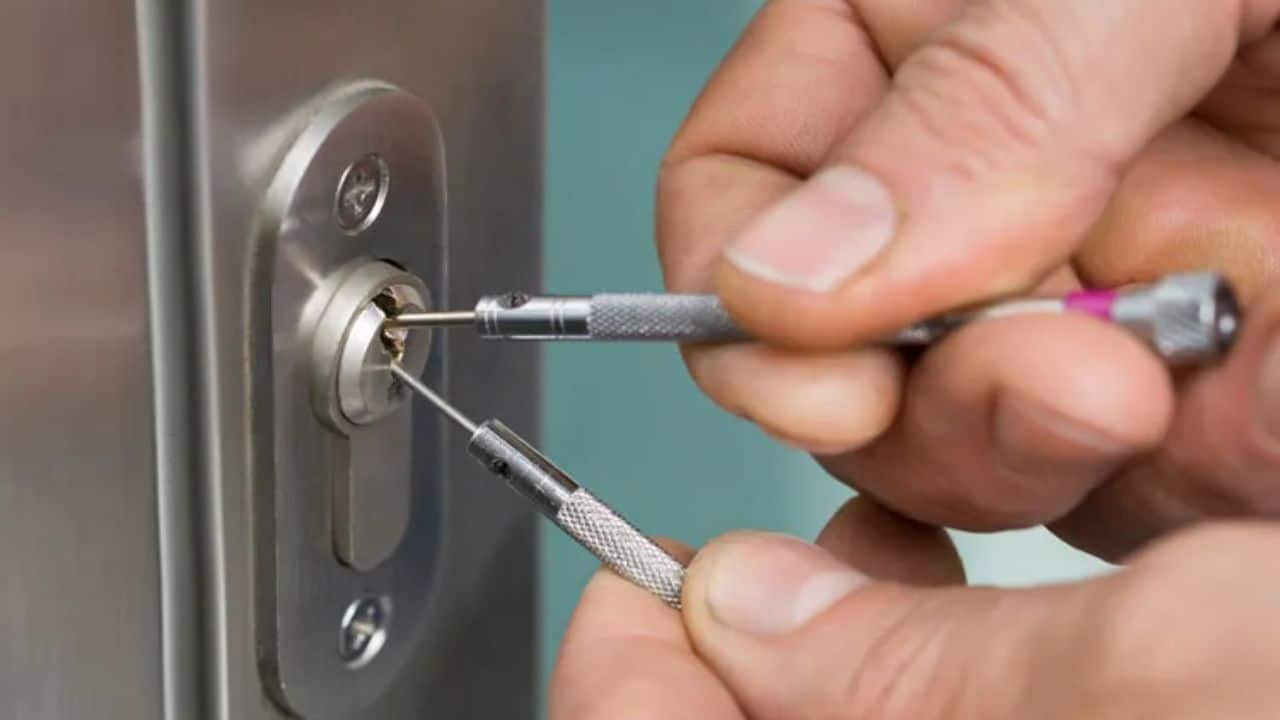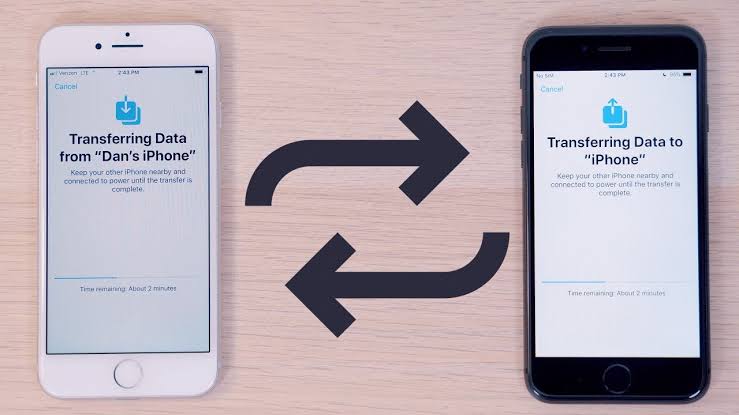Embarking on the journey of understanding “How to Open a Lock” is like holding the key to a hidden realm of security.
In this comprehensive guide, we’ll delve into the intricacies of lock mechanisms, providing you with valuable insights, expert advice, and practical solutions.
Table of contents
Understanding Lock Mechanisms
To successfully open a lock, one must first comprehend its inner workings. Locks come in various types, from pin tumbler locks to wafer locks. Understanding the specific mechanism is crucial for effective unlocking.
Pin Tumbler Locks
Pin tumbler locks, one of the most common types, consist of pins of varying lengths. The key aligns these pins, allowing the lock to turn.
Therefore, mastering the technique of manipulating these pins is essential for unlocking proficiency.
You can read this: How To Remove Open To Work On LinkedIn Mobile App
Essential Tools for Lock Opening
Equipping yourself with the right tools is paramount. Before attempting to open a lock, ensure you have the following essentials:
1. Lock Pick Set
Invest in a quality lock pick set that suits the type of lock you are dealing with. A diverse set will increase your chances of success.
2. Tension Wrench
A tension wrench is crucial for applying the right amount of pressure to the lock cylinder while picking the pins. It’s the yin to the lock pick’s yang.
Also, read this: What Happens If I Accidentally Opened Someone Else’s Mail?
Step-by-Step Guide on How to Open a Lock
Now that you’re equipped let’s dive into the step-by-step process of opening a lock.
- Insert the Tension Wrench: Begin by inserting the tension wrench into the bottom of the keyhole. Apply steady pressure in the direction you would turn the key.
- Insert the Lock Pick: Gently insert the lock pick above the tension wrench. Feel for the pins and apply upward pressure. Pay attention to the feedback from the lock.
- Feel for Binding Pins: As you manipulate the lock pick, pay attention to any pins that feel resistant. These are binding pins. Lift them gradually until you feel a slight click.
- Repeat the Process: Continue this process, alternating between the tension wrench and lock pick, until all pins click into place. The lock should turn freely.
Combination Locks
Understanding Combination Locks
Combination locks operate based on a predetermined sequence of numbers, words, or symbols. The type of combination lock you encounter may vary, and each requires a unique approach for opening.
Types of Combination Locks
- Numeric Combination Locks: These locks require entering a specific numeric sequence to unlock. Understanding the pattern is crucial for a swift opening.
- Word-Based Combination Locks: These locks use a set of letters to form a word or phrase. Knowing the combination of characters is essential for successful unlocking.
- Symbol-Based Combination Locks: Some locks use symbols instead of numbers or words. Interpreting the symbols correctly is key to opening this type of lock.
Check this: How To Stop Steam From Opening On Startup Windows
Cracking the Code
Combination locks may seem impenetrable, but with the right technique, they too can be conquered. Understanding the mechanics of the lock and employing a systematic approach to decoding the combination can yield success without the need for a key.
Tools for Opening Combination Locks
Basic tools like shims and tension wrenches can be handy for troubleshooting. Specialized tools may be required for specific lock types.
Common Mistakes in Opening Combination Locks
Even with the best intentions, mistakes can happen. Common errors include inputting the wrong sequence, forgetting the combination, or dealing with jammed locks.
Also, check this: How to Open a Locker (Checkout these Easy Steps)
Step-by-Step Guide on How to Open Combination Locks
Numeric Combination Locks
- Turn the dial to the right several times to reset the lock.
- Enter the first number in the combination.
- Rotate the dial to the left, passing the second number once.
- Turn the dial to the right, stopping at the second number.
- Rotate the dial directly to the left to the final number.
Word-Based Combination Locks
- Familiarize yourself with the word or phrase that unlocks the lock.
- Input the characters in the correct order, following any specified instructions.
Symbol-Based Combination Locks
- Decode the meaning of each symbol in the combination.
- Input the symbols in the correct sequence to open the lock.
Tips for Success
- Patience is Key: Opening a lock takes practice. Be patient and persistent.
- Use Light Pressure: Apply only enough pressure to manipulate the pins without forcing them.
See also: Is Home Depot Open on 4th of July?
FAQs
Yes, with the right tools and techniques, you can open a lock without causing any damage. Our guide provides insights into opening locks without leaving a trace.
In many places, possessing lock-picking tools is legal as long as they are not used for illegal activities. Always adhere to local laws and ethical guidelines when practicing lock-picking skills.
Essential tools include tension wrenches, lock picks, and decoding tools. Our detailed section on tools provides a comprehensive list for your lock-picking toolkit.
Electronic locks pose different challenges and often require unique approaches. While traditional techniques may not be as effective, skilled individuals can still find ways to bypass certain electronic systems.
Certainly. Learning lock picking can be a valuable skill in emergency situations. However, always prioritize legal and ethical considerations when applying these skills.
Conclusion
In conclusion, unlocking a lock is an art that requires skill and the right tools. With this guide, you’re well on your way to mastering the art of opening locks. Remember, practice makes perfect. Happy unlocking!
References
Recommendations
- How to Open a Jar: Effortless Techniques for Stubborn Lid Removal
- How to Stop Discord from Opening on Startup on Mac
- Does Home Depot Open on Thanksgiving?
- How to Open a Combination Locker: A Comprehensive Guide for Students and New Users
- How to Open a Wine Bottle Without a Corkscrew: Solving Wine Dilemmas






